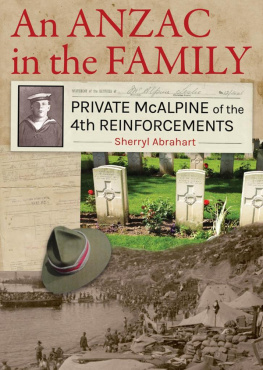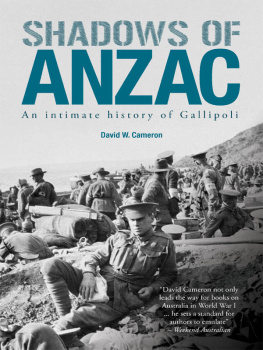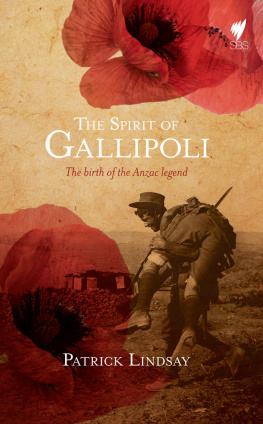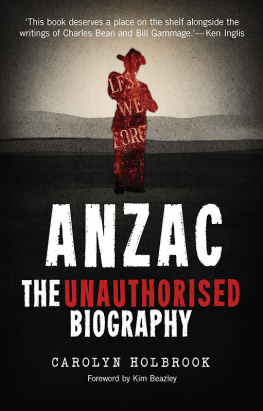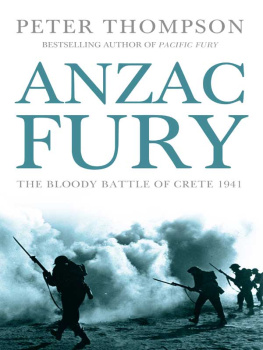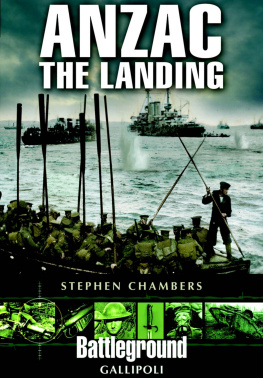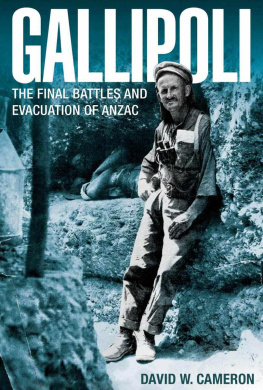Contents
Guide
Page List
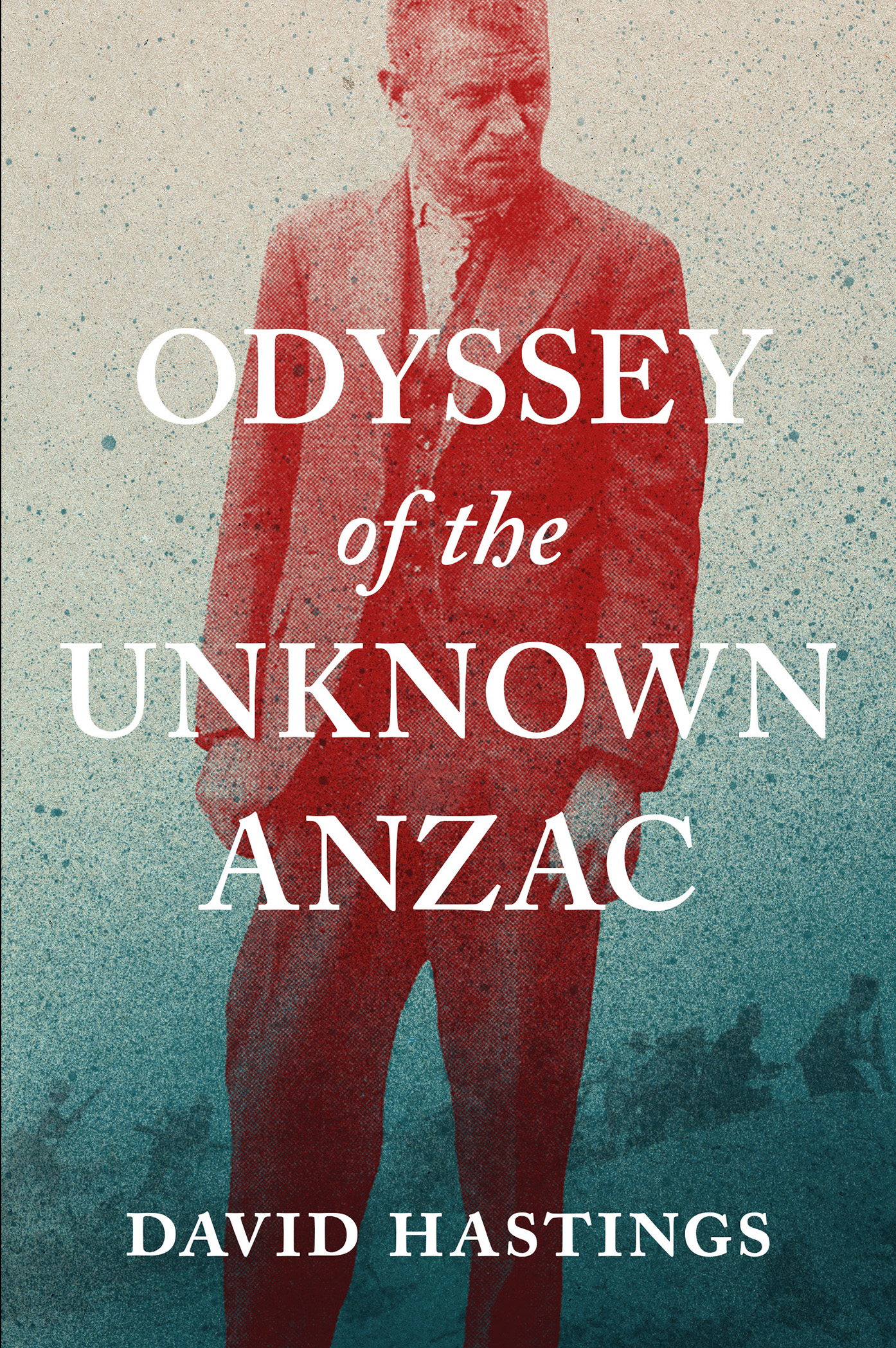
ODYSSEY
of the
UNKNOWN
ANZAC
ALSO BY DAVID HASTINGS
Over the Mountains of the Sea:
Life on the Migrant Ships 18701885
Extra! Extra! How the People Made the News
The Many Deaths of Mary Dobie: Murder, Politics
and Revenge in Nineteenth-Century New Zealand
ODYSSEY
of the
UNKNOWN
ANZAC
DAVID HASTINGS

Contents
CHAPTER ONE
Rivers of Sorrow
It was my heartache for you, my glorious Odysseus and for your wise and gentle ways that brought my life and all its sweetness to an end.
The Odyssey, Book XI
T EN YEARS AFTER THE GUNS OF WORLD WAR I HAD FINALLY fallen silent, the Returned Sailors and Soldiers Imperial League of Australia printed and circulated 10,000 copies of a poster asking for help to identify an unknown patient in a Sydney mental hospital. The poster included a head-and-shoulders picture of a good-looking man on the brink of middle age. His hair was close cropped and his brow was wrinkled, which some people took to be a sign of his inner turmoil. But there was the hint of a sardonic smile playing on his lips which was odd given the posters message. It said the man was a supposed Australian or New Zealand soldier who had apparently been found wandering the streets of London during the war wearing civilian clothes and an Australian military hat. When he was repatriated to Australia it was said that he had been right through the Gallipoli campaign and had also served on the Western Front. The strong element of doubt was necessary because the evidence was not just unconvincing but flimsy. The only specific detail mentioned was his regimental number, 2584. He also had a name George Brown but this was not mentioned publicly at the time. Checks with army records drew a blank; there was no soldier in either the Australian or New Zealand Army with that name and number. His description had also been circulated on both sides of the Tasman, again to no effect. The possibility that he was not a soldier at all had to be taken seriously which was probably why they called him the unknown patient at first rather than the more obvious unknown soldier.
Nobody outside of the Callan Park Mental Hospital, where the man with the wrinkled brow had been a patient for more than a decade, even knew of his existence until March 1928 when his story first appeared in the newspapers. But within days, scores of people some said hundreds or even thousands contacted the League and the hospital hoping that he was their man.
The story of this unknown man who had apparently been stripped of all memory by the horrors of war tapped into subterranean rivers of sorrow and unresolved grief which had been covered over for more than a decade by the solemn commemorations of Anzac heroism and honourable national sacrifice. The toll of the war was heavy: 60,000 Australians and 18,000 New Zealanders had lost their lives. For the relatives of those men, the uncertainty was cruel. Not only were they deprived of the usual consoling balm of funeral rituals but often they did not know how their men had died, where their bodies lay or even if they were dead at all.
All of them carried the invisible burden of not knowing, of hoping against hope that their man was alive when logic and reason and rationality should have told them there was virtually no chance. To such people, the glory rhetoric of the Anzac legend must have been hard to bear. Truly those whom the gods love die young, for those brave boys grow no older in our memories, said one Anzac Day editorial a few weeks after the existence of the unknown patient was revealed to the world. But what did the gods think of those who were missing? Such pious editorials must have seemed shallow and trite to people having difficulty coming to terms with the idea that their men were dead while clinging desperately to the belief that they still lived.
Of course, the bereaved reacted in different ways. For some it was a deep sense of sadness and longing. Many set out on quests to try to find their men or at least reliable information about how they had died and where they might be buried.
To people unconnected to the missing men the chance that any one of them still lived was so tiny it was not worth a moments thought. But for the families who dwelled on it, the slimmest chance was worth preserving for as long as hope would hold out. These were the people who rushed to see if the unknown patient in Callan Park was their man. Thanks to the publicity he was identified within a fortnight and he was, indeed, an old soldier as the League had suspected all along. His name was not George Brown but George Thomas McQuay and he came not from Australia but from the small town of Stratford in New Zealand. He had been with the Auckland Infantry Battalion at Gallipoli and on the Western Front before disappearing in July 1916 during the opening phases of the Battle of the Somme.
The story of this unknown soldier nicely coincided with Anzac Day in 1928 and with the emergence of his identity came a new account of how he had been found during the war, not on a London street but wandering behind the lines on the Western Front and telling a story of how he had lost his memory when buried by a shell exploding near the trench where he was sheltering from an artillery barrage. It was as though one of the much-mourned dead had suddenly come back to life, stepping out belatedly from the chaos of the war, the smoke and thunder of the Somme. For one family at least the irrational hopes and dreams had come true. George McQuay was reunited with his mother in a great blaze of publicity and the promise of a happy ending seemed to be fulfilled with reports that his memory was coming back. A few weeks later he returned to his homeland and with that he disappeared from the headlines as suddenly as he had appeared. For a second time he was forgotten, at least by the public.
Left behind were lingering questions about what had really happened to George during the war and afterwards, beginning with the obvious contradiction between the two stories of how he was found. The NZ Truth newspaper, for one, linked the importance of finding out the true story of this unknown Anzac with his chances of recovery. But neither Truth nor anyone else, official or unofficial, set out to research his story fully. One reason may have been they suspected that what they would find would not fit comfortably with the elaborate mythology growing around the Anzacs. From the very first anniversary of the Gallipoli landing there was a concerted effort from politicians, editorial writers and the pulpit to laud the Anzacs for their heroism and to claim at least a moral victory from a campaign that had gone so disastrously wrong and cost the lives of thousands of young men. The soldiers were heroes who had been fighting for honour, freedom, the Empire and the nation and they had not died in vain.
Another reason was George himself. He did not seem all that interesting. He obviously was not a great man, like the generals and politicians of his day, striving to influence the course of history-making events. Nor was he one of those brave soldiers who held their nerve under unimagin able pressure and committed great deeds and acts of courage, often at the cost of their own lives. He was just one of those ordinary men whose lives were swept along by great forces over which they had no influence, much less control. Individuals such as George pass almost unnoticed through the annals of history. They are occasional faces in the crowd, usually statistics, and, at best, their stories are told as vignettes, incomplete snippets that are useful to epitomise general themes rather than for their own sakes. They leave no wealth of documentary material behind to explain themselves and to help their peers, much less posterity, to judge and evaluate them. Nor are there crowds of observers, colleagues or even enemies such as those that pick over the life stories of the great and powerful and heroic to record their every move, to criticise and praise them or to say what they were like as people.


